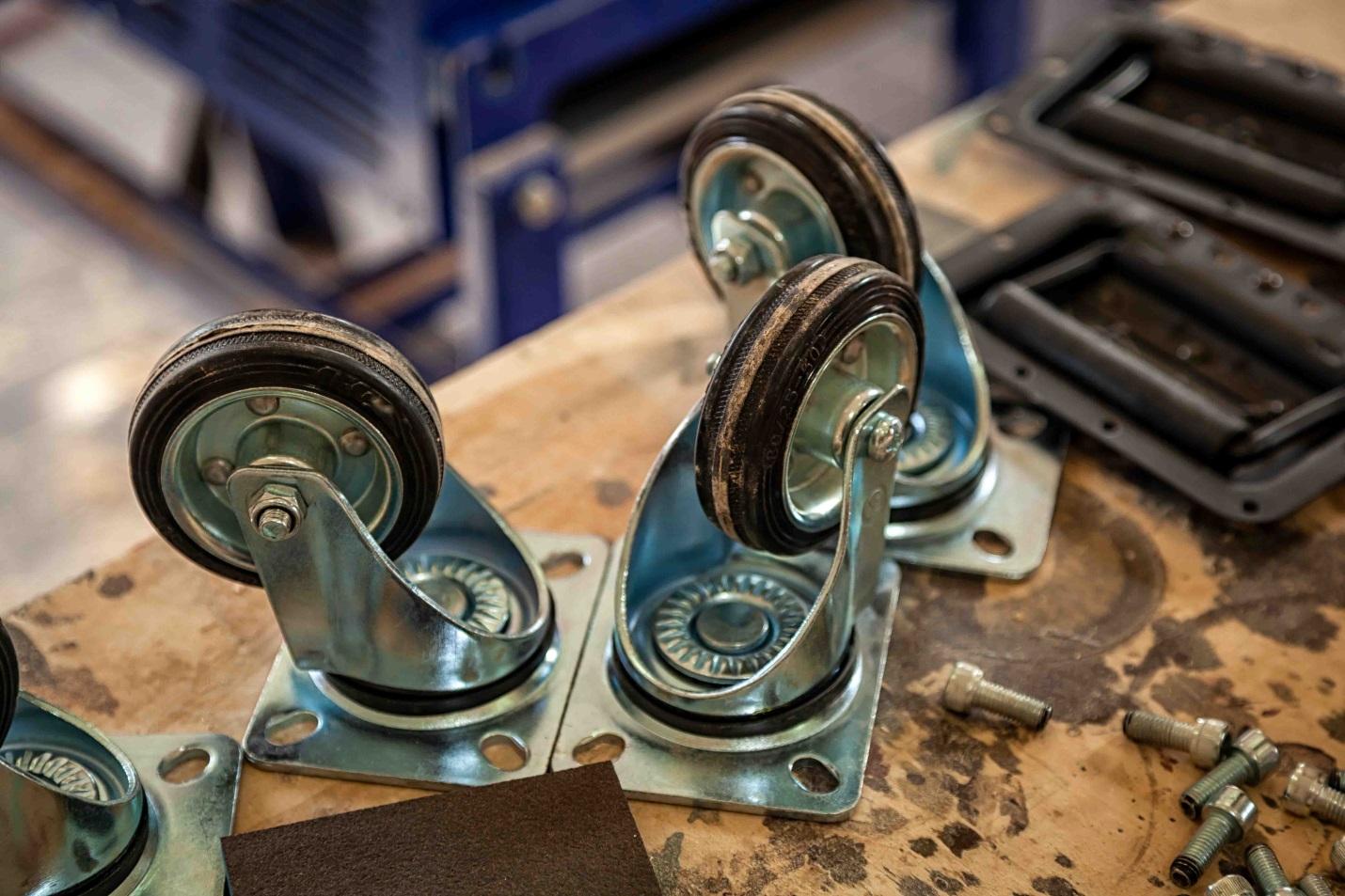The correct roller casters for your project or workspace could be the difference between mobility, efficiency, and safety. Casters are not just afterthoughts; they are key integral parts that can make something usable, such as furniture or industrial equipment. In this blog, we shall take you through what you need to look out for and equip you with the necessary knowledge to pick out the perfect roller casters.
Basics of Castor Wheels
Roller casters are usually small and mounted on large objects at the bottom, allowing easy rolling and maneuvering. They come in different sizes, materials, and designs, each best suited to different requirements of application and load.
Determine Your Load Capacity
The first step in choosing the right caster correctly is to determine how much weight each caster will be submitted to in terms of support. This will include the weight of the platform and the maximum load it will carry. That total weight has to be evenly distributed among the casters. A good rule of thumb is to select casters that are able to handle more than the calculated load.
Consider the Flooring
The type of floor in the workspace may affect the selection of caster material. For instance:
Hardwood and Tile: The soft wheel materials should be used on such types of floors; for example, rubber and polyurethane, they move on the ground without much noise and do not scratch the floor.
– Carpet: Harder wheels are preferable, for instance nylon or hard rubber, since these can be able to roll on the surface well without sticking.
– Concrete and Rough Surfaces: This roughness is negotiable with pneumatic or polyurethane casters, but they end up giving the user a smooth ride.
Type and Size of Wheel
Basically, the size of the caster wheels determines how well mobility and load distribution occur. The bigger the size of the caster wheels, the better the distribution of the weight; the better the mobility of larger masses over obstacles and rough surfaces. Smaller wheels suit loads of less weight, giving lower centers of gravity and thus more stability.
Swivel vs. Rigid Casters
• Swivel casters: These are capable of movement in a 360 degree manner and are perfect for situations where equipment will be moved in several directions in tight areas.
– Rigid casters, on the other hand, move only in a straight line but provide more stability for the transport of heavy loads in one direction.
Braking and Locking Mechanisms
When using the equipment in sensitive settings such as hospitals or on the manufacturing floor, you should look for casters with braking systems for increased safety. The brakes prevent the caster from rolling, whereas locking systems can stop both rolling and swivel action, rendering your mounted equipment completely stationary.
Material Durability
The materials for making casters also add to their durability:
– Steel casters: these are highly rugged and suitable for industrial environments because they handle heavy scales.
Stainless steel offers excellent corrosion resistance and is appropriate to be used in environments where cleanliness and exposure to the elements would both be a problem, such as food processing or marine applications.
Plastic wheels are lightweight and inexpensive, making them appropriate for light use.
Compelling Content for Easy Decision-Making
It is a bit daunting to choose the right casters, but with engaging content that works to simplify your choice, you should make selecting the best caster for you a bit easier. Key product descriptions, user reviews, and application-based recommendations can all help in selecting the perfect caster for your needs.
Conclusion
In selecting the right roller casters, one must understand their load-carrying capacity, floor type, wheel size, mobility requirements, and the material durability. This should all enhance functionality and the life of your mobile platforms. This is because the right castors not only make transportation easier but also protect your floors and offer stability and safety for your movable equipment. The best information and consideration lead to an optimal choice between performance and cost.

